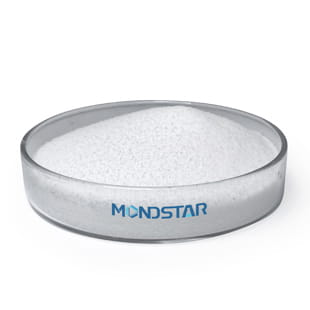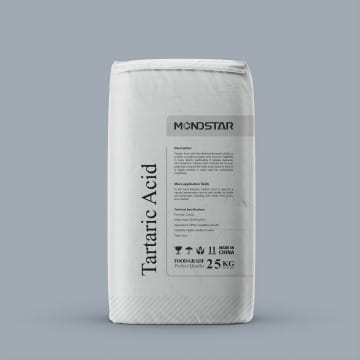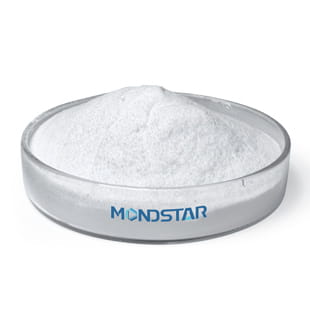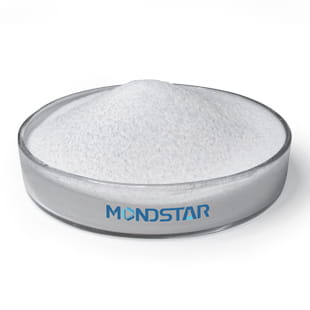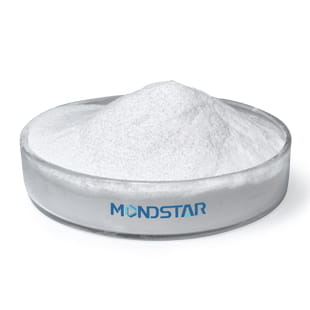Tartaric acid is an organic acid that exists as a crystalline solid and usually comes in two forms: L-tartaric acid and D-tartaric acid. Tartaric acid usually appears as colorless or translucent crystals or crystalline powder. The density of tartaric acid is about 1.7-1.8 g/cm3. 0.1 M solution of tartaric acid ph around 2.2. It is easily soluble in water and alcohol solvents, and the solubility increases with the increase in temperature. Tartaric acid is widely used in the food industry, pharmaceutical manufacturing, cosmetics and dye industries.
Tartaric acid exists in various forms based on its optical properties, including anhydrous DL-tartaric acid, monohydrate DL-tartaric acid, l tartaric acid, and d tartaric acid.
DL-tartaric acid is the most common form of tartaric acid. It is primarily used in the food industry and can serve as an acidulant and antioxidant. L-tartaric acid is used as an acidulant in certain food processing applications, in the pharmaceutical industry, and as a catalyst or pH regulator in the resin finishing of polyester fabrics. D-tartaric acid is typically used in the pharmaceutical industry to prepare specific drug salts.
